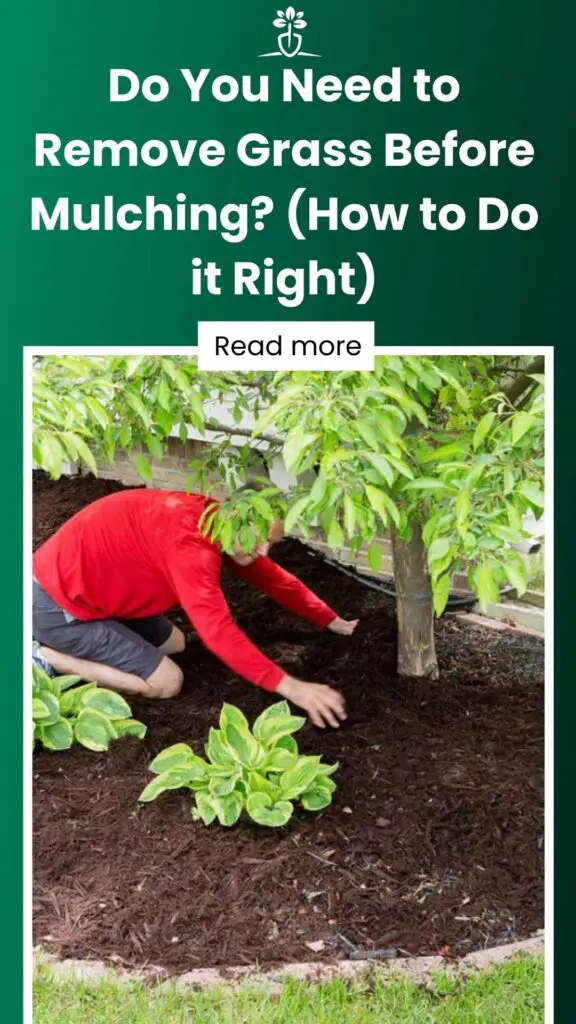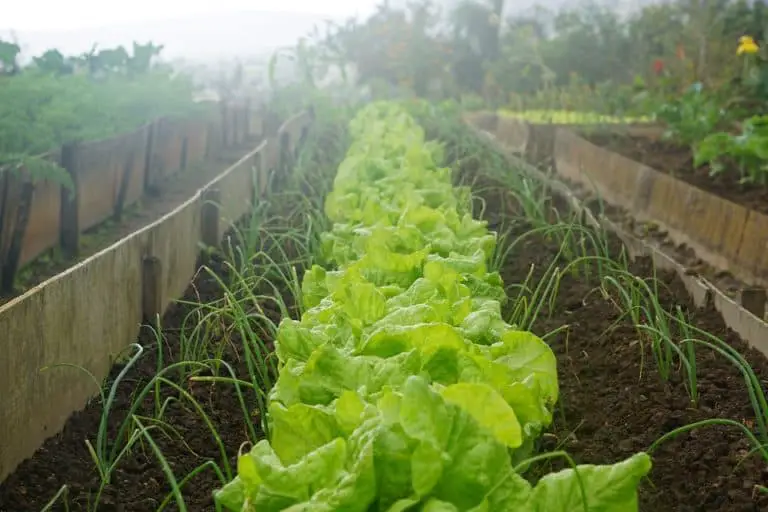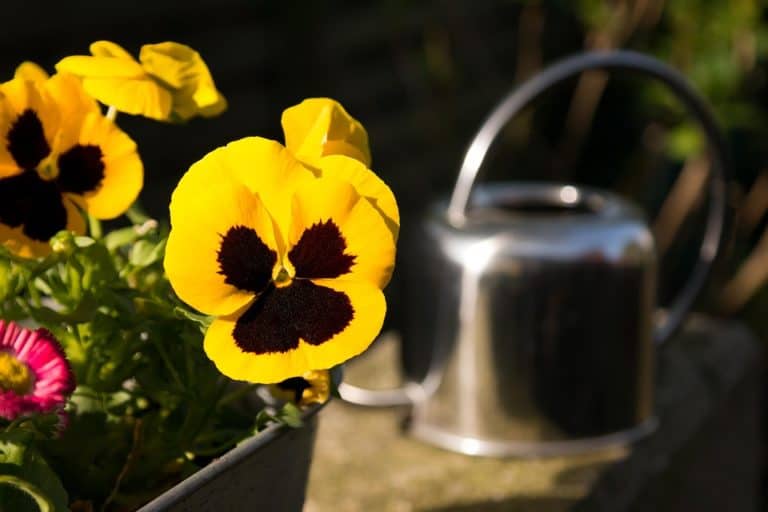Do You Need to Remove Grass Before Mulching? (How to Do it Right)
Your once-stunning lawn, full of lively, green grass, won nods of approval from everyone. Now, it’s turned into a ghost town with wild-growing weeds and a strange aroma wafting around. Definitely calling for a little love to restore its shine.
But before you tear up the lawn, spend hours digging out those weeds, start mulching, and hope for the best, you should think about a few things—like removing grass. Not that removing grass before mulching is absolutely necessary, but it can make a massive difference in the overall health of your lawn.
Whether you’re a professional landscaper or a seasoned DIY-er, here’s a detailed overview of why you should consider removing grass before mulching.
Contents
Do You Need To Remove Grass Before Mulching?
You do need to remove grass before mulching in most cases. Professionals recommend removing grass before mulching because it’ll cause much less damage than if you tried to remove the grass after applying mulch.

Many people think that if they apply the mulch over their grass, it’ll help keep it green and healthy. What ends up happening is that the mulch will suffocate the grass by cutting off the necessary air that it needs to grow. This causes the grass to die and turns yellow. In fact, grass will start dying within just a few days of applying the mulch over it.
Additionally, the mulch can also block water, nutrients, and sunlight from getting to the grassroots. Overall, it’ll be a complete waste of time and money.
Here are a few tips that can help you with removing grass properly before mulching:
Step 1:
While there are many ways to remove grass—the most effective way is to use a lawnmower. Simply remove the grass by taking your lawnmower and making two passes—lengthwise, then crosswise. This ensures that your removal is level, producing a more even, healthy result.
But before you proceed, make sure to set your lawnmower to the lowest height and clear the lawn of sticks, stones, and other debris. Usually, this is the third or fourth setting depending on your model. You want around 3 inches of grass.
Step 2:
Keep watering your lawn until it’s damp enough to leave a footprint on the soil. You want your lawn solid to be able to mulch it properly. You will need to be patient with this process, as it may take several hours. Professionals recommend watering for specific amounts of time to prevent runoffs instead of just giving the grass a general soak.
Step 3:
Now’s time to prepare the ground for mulching. For this, you will have to dig into the ground a little bit with your shovel to make the trenches along the borders. This trench will have to be around 5 to 6 inches deep.
Step 4:
At this point, your grass is gone, and now you need to spread warm compost that’s 1-2 inches deep.
Step 5:
After making sure that the compost layer is smooth, it’s time to add your mulch. Depending on the type of mulch that you’re using, follow the correct procedures and add the appropriate amount. The recommended depth of mulch is 5-6 inches.
Step 6:
Now’s the time to plant new flowers, bushes, or trees while ensuring that your grass is as healthy as ever.
Understanding Mulching in Detail:

Mulching is the process of placing fresh, organic material to cover the soil. Its purpose is stopping weed growth, as well as protecting and nourishing the roots of your turf. Mulching reduces weeds by removing the food, water, and nutrients that weeds need to grow. At the same time, it increases the moisture in the soil. It can also reduce erosion by turning the soil into a permeable barrier.
The best way to think of mulching is to consider it like composting for your lawn. When you compost, you take your lawn clippings and turn them into compost, which you use to feed your lawn to keep it lush and healthy. The same thing happens with mulching—you take the clippings from your grass and turn them into mulch so that you can use them as fertilizer. You can also consider the mulch to be the compost for your lawn that will supply it with nutrients and moisture.
Now that you have a basic understanding of mulching, let’s discuss its types.
1. Organic Mulch:
To get the most out of your mulch, you should opt for organic. Organic mulch is wood chips or sawdust, a commonly used mulch is cedar based, mixed with an organic fertilizer. Not only will it nourish your lawn’s roots, but it will also reduce weeds and moss. Organic mulch works best when you use them in areas with grass, already composted soil, bare soil, or soil with minimal topsoil.
2. Inorganic Mulch:
Inorganic mulch is basically shredded material, like rocks or gravel. This type of mulch works best when you use them with wood chips, pine needles, or sawdust and helps bring out the natural beauty of your yard. Unlike organic mulch, it doesn’t break down and won’t provide any nutrients to your soil. However, it does help keep weeds from growing, and it also helps maintain optimal soil temperature and retain soil moisture.
Final Thoughts
Now that you know the benefits of removing grass before mulching, it’s time to get started. Prepare yourself to do the labor-intensive task, and you’ll be well on your way to having a gorgeous, healthy lawn. Yes, the journey will be long and may not have immediate results, but the rewards will be worth it.


